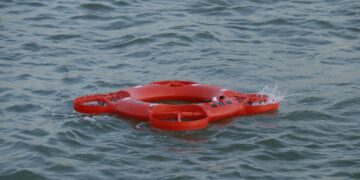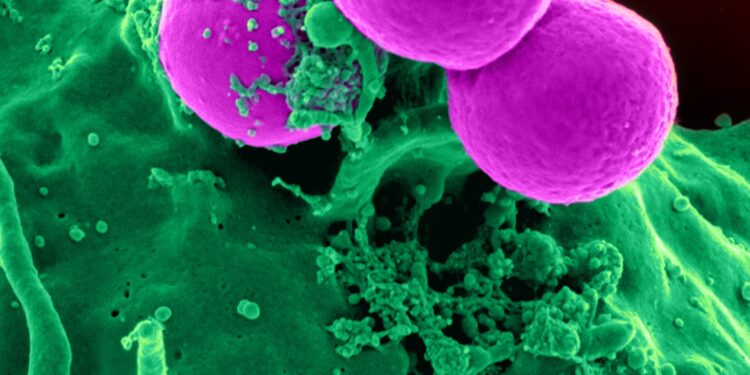Developed in Australia, at the University of Technology in Sydney, it aims to be an ideal support for treatments to detect and treat tumors.
Coming from the University of Technology in Sydney, it aims to be the ideal support for diagnosing and treating cancers: Static Droplet Microfluidic can detect cancer cells and should prevent doctors from invasive interventions by providing a practical aid for analysis and evaluation of the collected data. The study by researchers at the renowned Australian university, reported in the pages of the journal Biosensors and Bioelectronics, should lead doctors around the world to forgo invasive treatments such as biopsy in favor of a less forceful treatment for the patient.
The standard procedure for detecting cancer, particularly in organs such as liver, colon, kidneys and ovaries, often involves invasive surgery with the removal of a tissue fragment or cells from a suspected tumor area to ascertain its nature, opening up numerous complications from the procedure. Can the Australian prototype replace biopsy? Not entirely, considering that a definitive diagnosis for cancers can only be achieved through the use of the most effective, if invasive, method.
“Dealing with cancer by evaluating cancer cells in blood samples is much less invasive than tissue sampling. It allows doctors to repeat tests and monitor the patient’s response to treatment,” says Majid Warkiani, one of the masterminds leading the study.
The route, then, of the so-called liquid biopsy, a minimally invasive procedure that allows tests to be performed on tumor-derived material obtained from a body fluid, generically blood, remains intact. However, as experts explain, liquid biopsy does not allow for effective cancer diagnosis and are time-consuming, expensive, and entrusted only to specialized operators, resulting in limited use in clinical settings. The Static Droplet Microfluidic prototype was created precisely as an addition to research and clinical laboratories, to provide an aid to physicians in diagnosing and monitoring the health of cancer patients in a practical and cost-effective way. The technology is, in fact, able to detect circulating tumor cells that have detached from a primary tumor and entered the bloodstream. Specifically, it uses a unique cancer metabolic signature to differentiate cancer cells from healthy ones. Once cancer cells are identified with the device, they can be subjected to genetic and molecular analysis to effectively aid in cancer diagnosis and classification, providing personalized treatment plans.Photo :
Photo : Pexels
Author: Alessandro Volpe

































